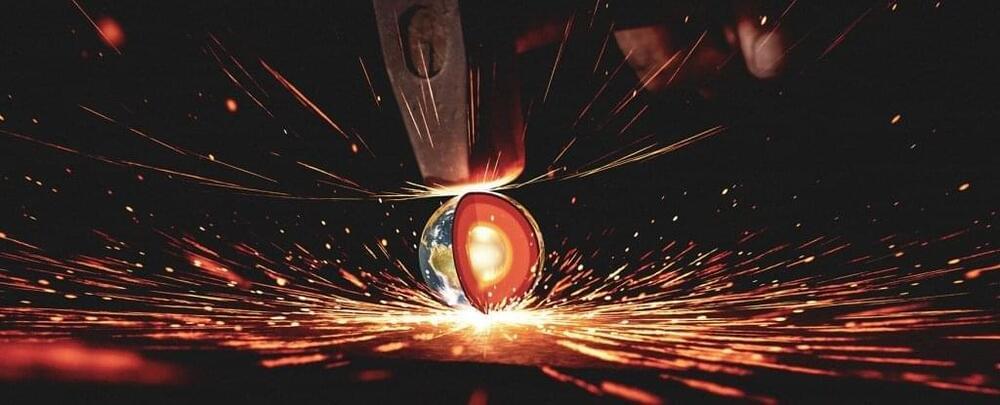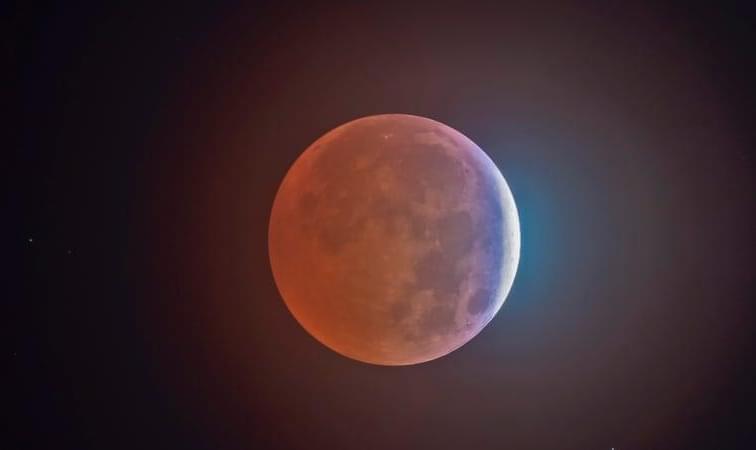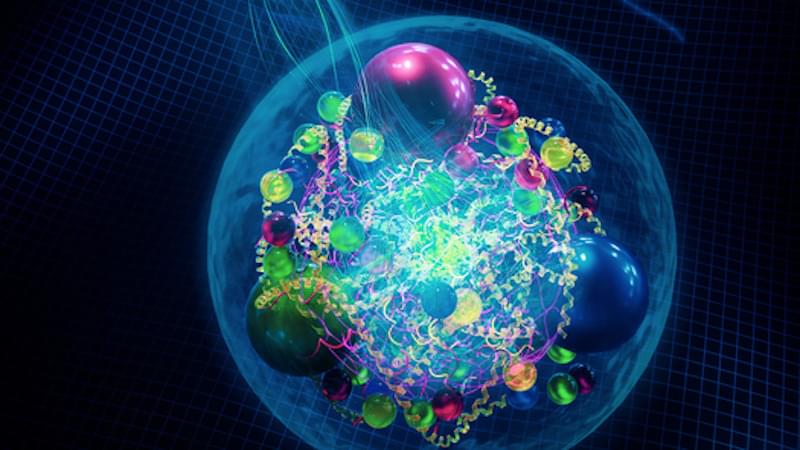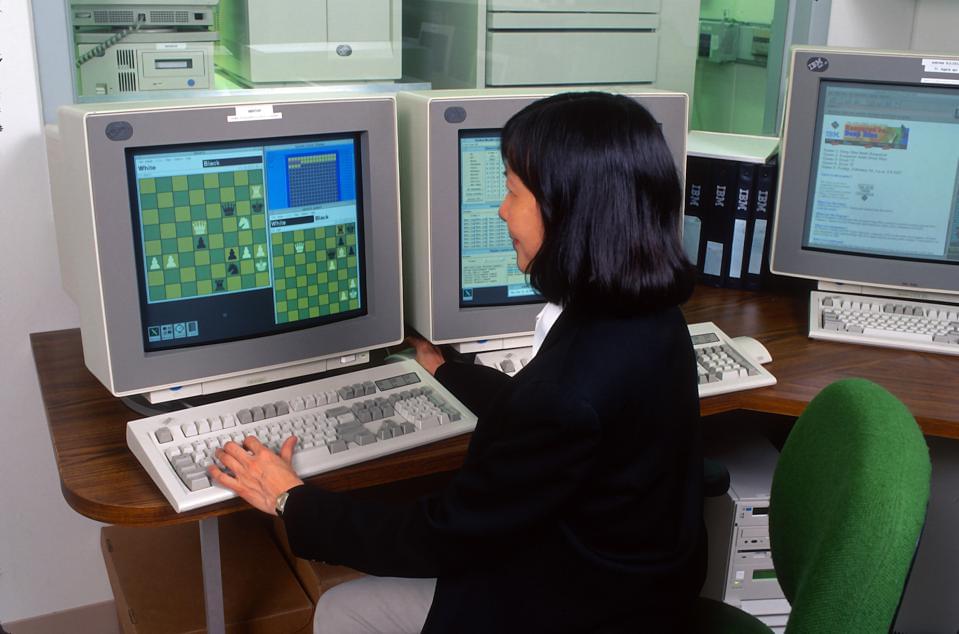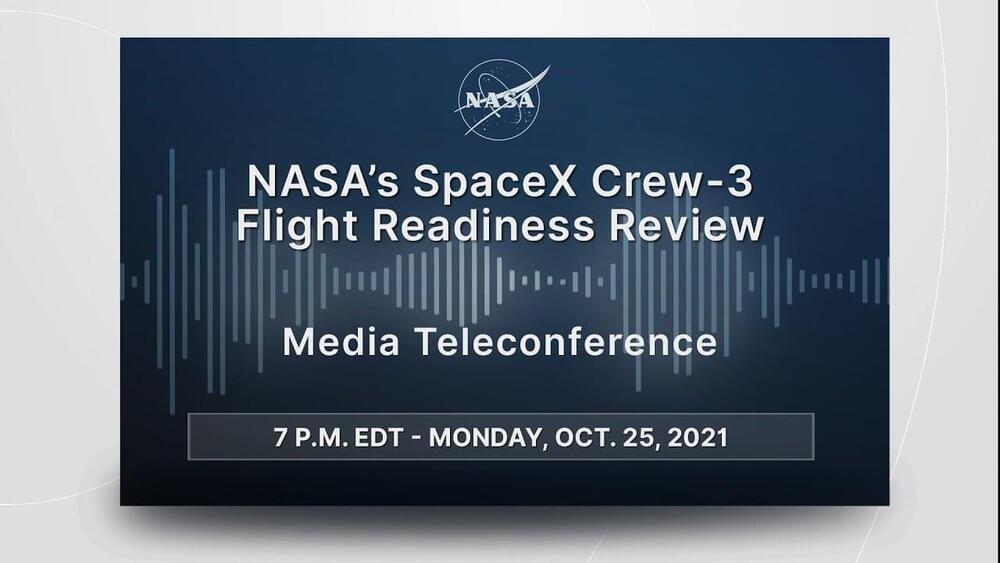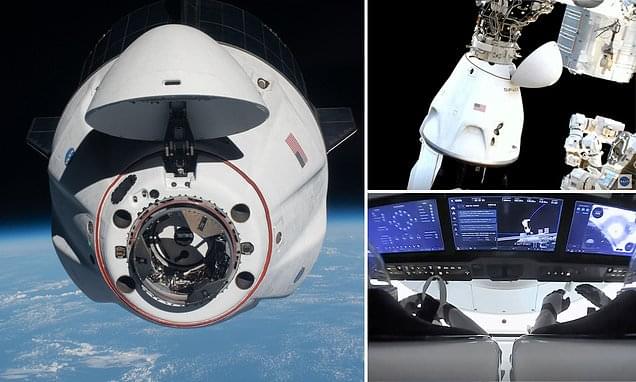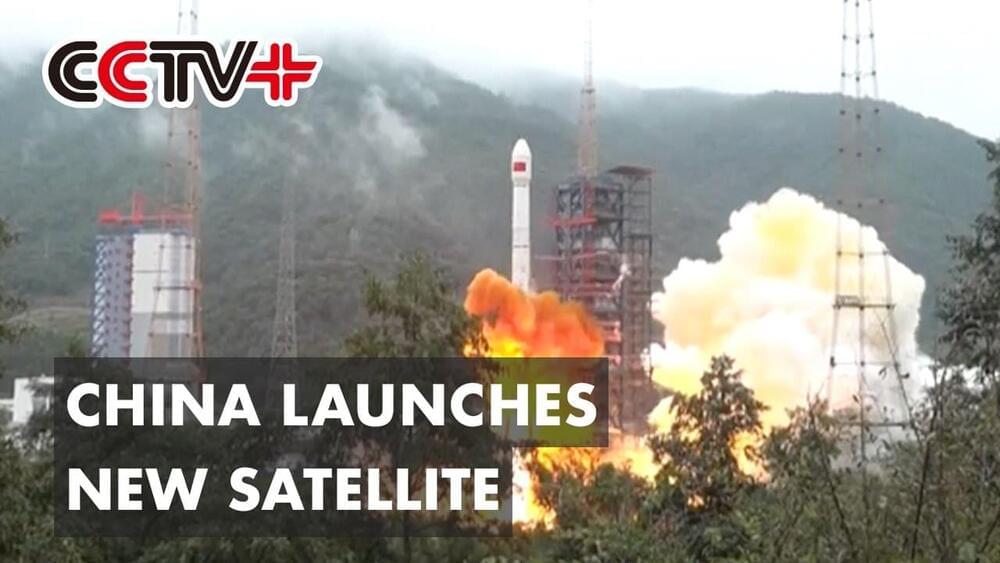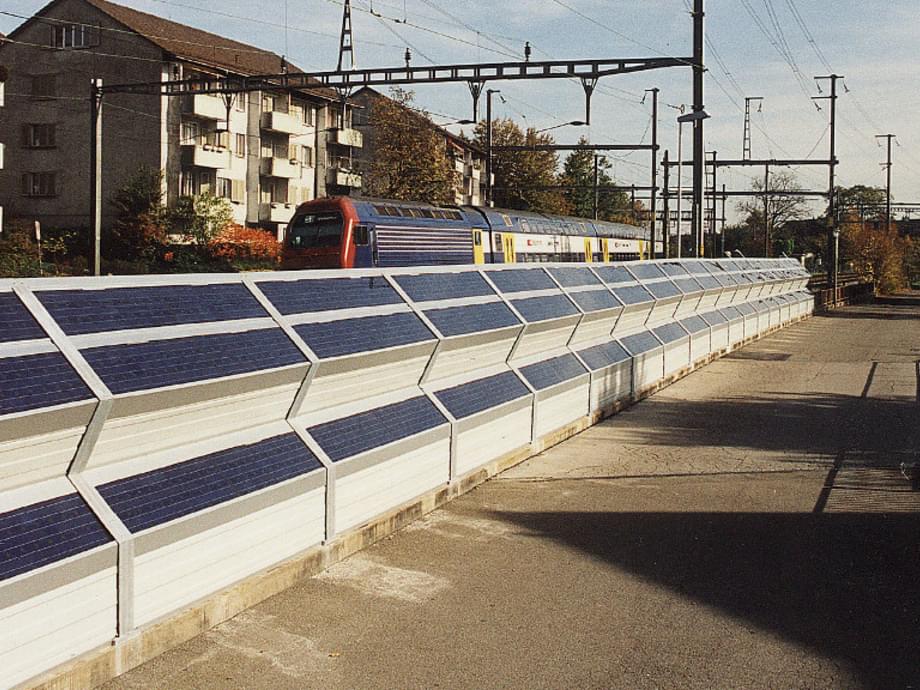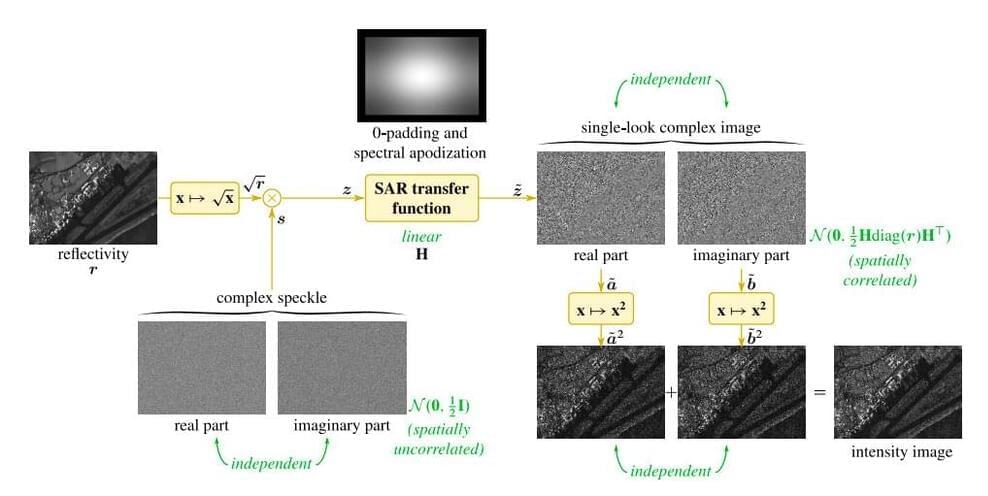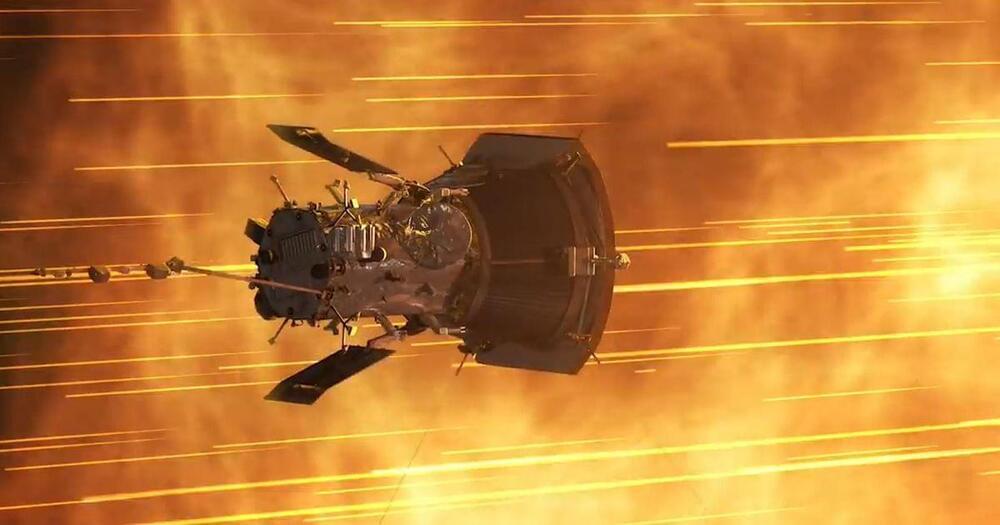Nov 12, 2021
The Intense Pressurized Conditions of Earth’s Outer Core Have Been Recreated in a Lab
Posted by Quinn Sena in category: space
Thousands of kilometers under Earth’s surface, under crushing pressures and scorching temperatures, the core of the planet can be found. There, an inner core consisting of a solid ball of nickel and iron is super-rotating inside the outer core, where the iron and nickel are fluid.
The conditions of this outer core have now been recreated in a lab, by a team led by physicist Sébastien Merkel of the University of Lille in France – in such a way that scientists have been able to observe the structural deformation of iron.
This not only has implications for understanding our own planet, but can help us to better understand what happens when chunks of iron collide in space.
